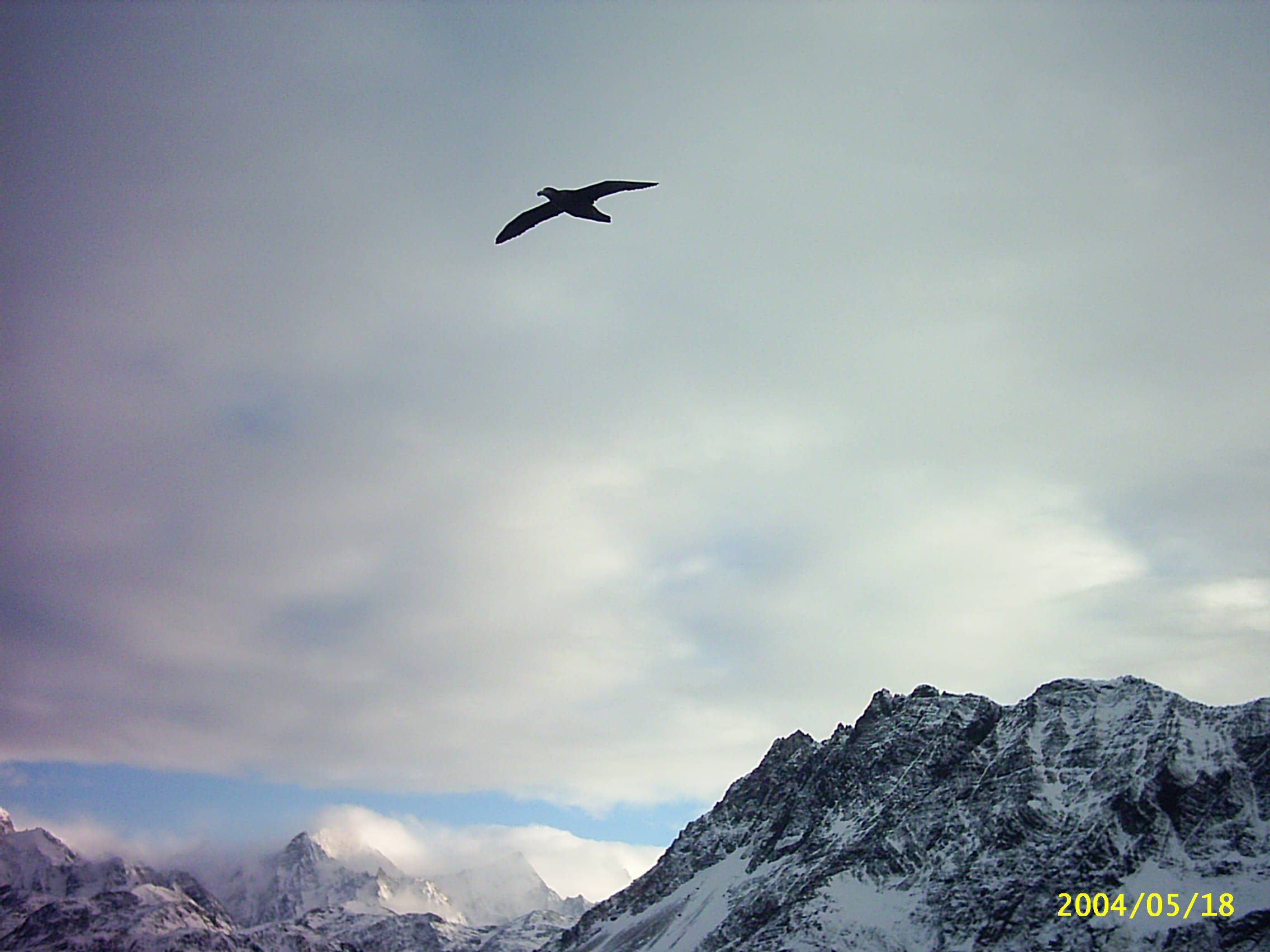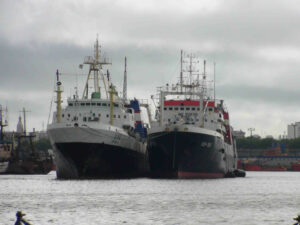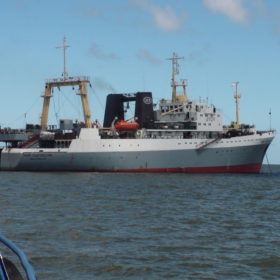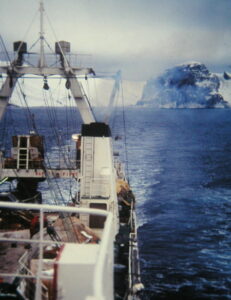 This is a research done by A. Constable (Australia), D. Costa (USA), E. Murphy (United Kingdom), E. Hofmann (USA), O. Schofield (USA), A. Press (Australia), N. Johnston (United Kingdom) and L. Newman (Australia).
This is a research done by A. Constable (Australia), D. Costa (USA), E. Murphy (United Kingdom), E. Hofmann (USA), O. Schofield (USA), A. Press (Australia), N. Johnston (United Kingdom) and L. Newman (Australia).
This is CCAMLR’s Secretariat Document No. WG-EMM-13/36 submitted 17 June 2013.
The prognosis for Antarctic krill overall is ambiguous, as factors that could impact directly on krill vary regionally. New research shows that larval krill survival may be negatively affected by increasing ocean acidity.
Impacts on the physical environment of climate change are expected to differ between regions in the Southern Ocean.
Map of summer chlorophyll content keep a direct relationship to krill’s fishing fleet main fishing regions, some which are part of CCAMLR’s MPA regions.
a showing transects (red lines) and locations being investigated for measuring biological and ecosystem parameters in the Southern Ocean. Sectors are for circumpolar assessments of status and change, which are divided into polar and temperate. Transects take account of latitudinal and longitudinal variation in primary production and in regional differences in biology and food webs and the latitudinal range of oceanic, cryospheric and atmospheric conditions, including spatial variation in productivity, in each region. Initials indicate regions and transect numbers: EE = East Pacific sector ecosystem transect; AE = Atlantic sector ecosystem transect; IE = Indian sector ecosystem transect; WE = West Pacific sector ecosystem transect. Registered sites for monitoring in the CCAMLR Ecosystem Monitoring Program are shown. Locations are coastal bases or other possible research locations. Large dots show the degree of feasibility that existing operations in the region may be used as ships of opportunity for taking underway measurements along transects. Dark blue dots represent transects that could be feasible for repeated sampling within current operational activity. Lighter blue dots represent transects that could be done repeatedly but with some operational adjustments. Light dots represent desirable transects but not easily undertaken within the current operations.
A monitoring and assessment program in the Southern Ocean would play an important role in evaluating and estimating the magnitudes and rates of change in global marine ecosystems. Identifying changes in ecosystem productivity and dynamics is fundamental to achieving ecologically sustainable Antarctic krill fisheries and the conservation of Antarctic marine life as a whole.
A number of current international initiatives provide the means for coordinating this work such as BIOMASS and more recently the International Polar Year.
Current initiatives:
1. Scientific Committee for the Conservation of Antarctic Marine Living Resources (SC- CAMLR) (http://www.ccamlr.org/en/science/science) and its CCAMLR Ecosystem Monitoring Program (CEMP).
2. Integrating Climate and Ecosystem Dynamics in the Southern Ocean (ICED) (http://www.iced.ac.uk). It is associated with the Scientific Committee on Antarctic Research (SCAR), the Scientific Committee on Oceanic Research (SCOR) and other international programmes. It is part of the International Geosphere-Biosphere Programme’s “Integrated Marine Biogeochemistry and Ecosystem Research” project (IGBP IMBER).
ICED has a project, the Southern Ocean Sentinel, hereafter termed ‘the Sentinel’. It has close synergies with other international initiatives within the Southern Ocean science community, as well as the broader Earth System community.
3. Future Earth. It is a new 10-year international research initiative that is intended to “develop the knowledge for responding effectively to the risks and opportunities of global environmental change and for supporting transformation towards global sustainability in the coming decades” (http://www.icsu.org/future-earth).
4. Southern Ocean Observing System (SOOS) (http://www.soos.aq). It was established to better coordinate routine observing of the Southern Ocean.
5. Scientific Committee on Antarctic Research (SCAR) programmes (http://www.scar.org). It has a number of programs contributing to understanding change in the Southern Ocean. SCAR has a Southern Ocean Continuous Plankton Recorder Survey (SO-CPR). Established in 1991, maps the spatio-temporal variation in biodiversity, distribution and abundance of plankton. It is a key component of the Southern Ocean Observing System, and is a founding contribution to the Global Alliance of CPR Surveys (GACS, www.globalcpr.org), which allows Southern Ocean observations to be placed in a global context.
6. Council of Managers of National Antarctic Programs (COMNAP) (https://www.comnap.aq). Is the international association of National Antarctic Programs, formed in 1988. National Antarctic Programs are those organizations that have responsibility for delivering and supporting scientific research in the Antarctic Treaty Area on behalf of their respective governments and in the spirit of the Antarctic Treaty. The purpose of COMNAP is to develop and promote best practice in managing the support of scientific research in Antarctica.
Full report at CCAMLR Secretariat Research June 17 2013








